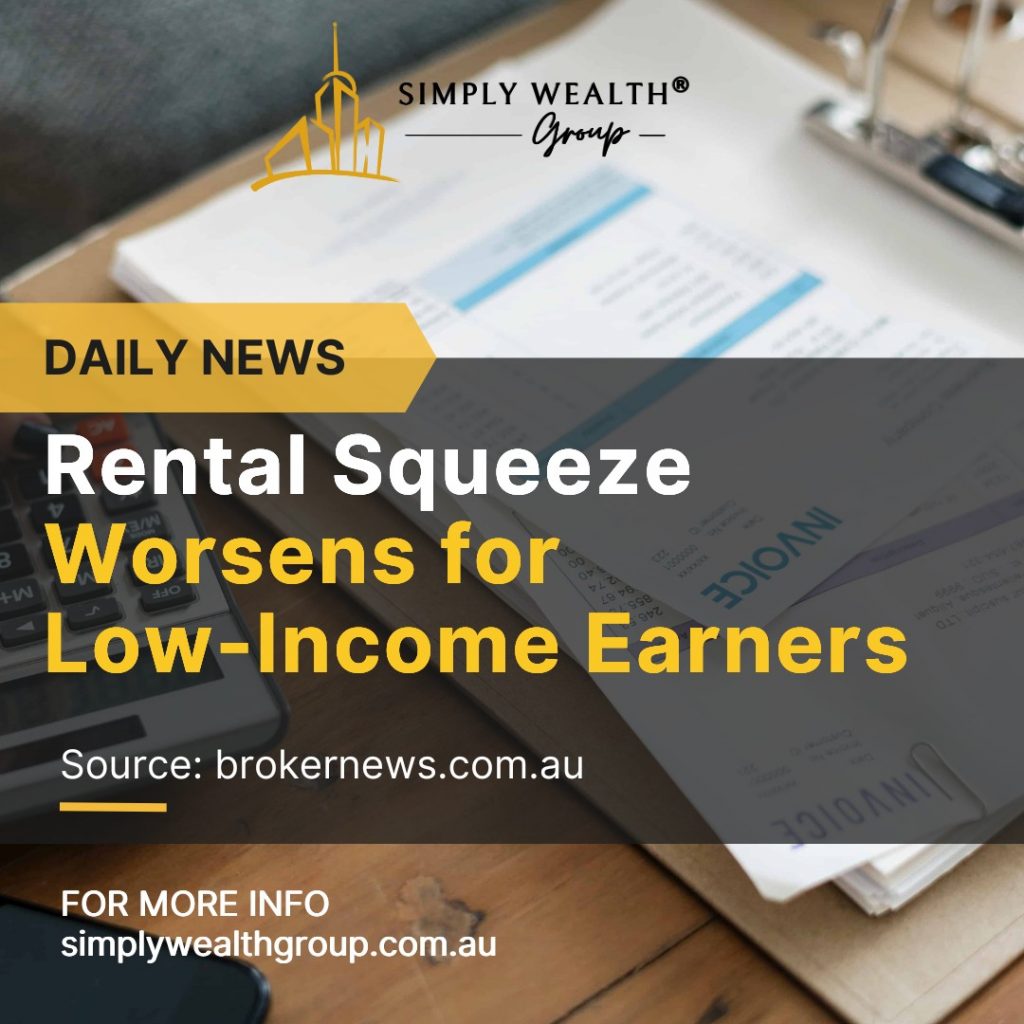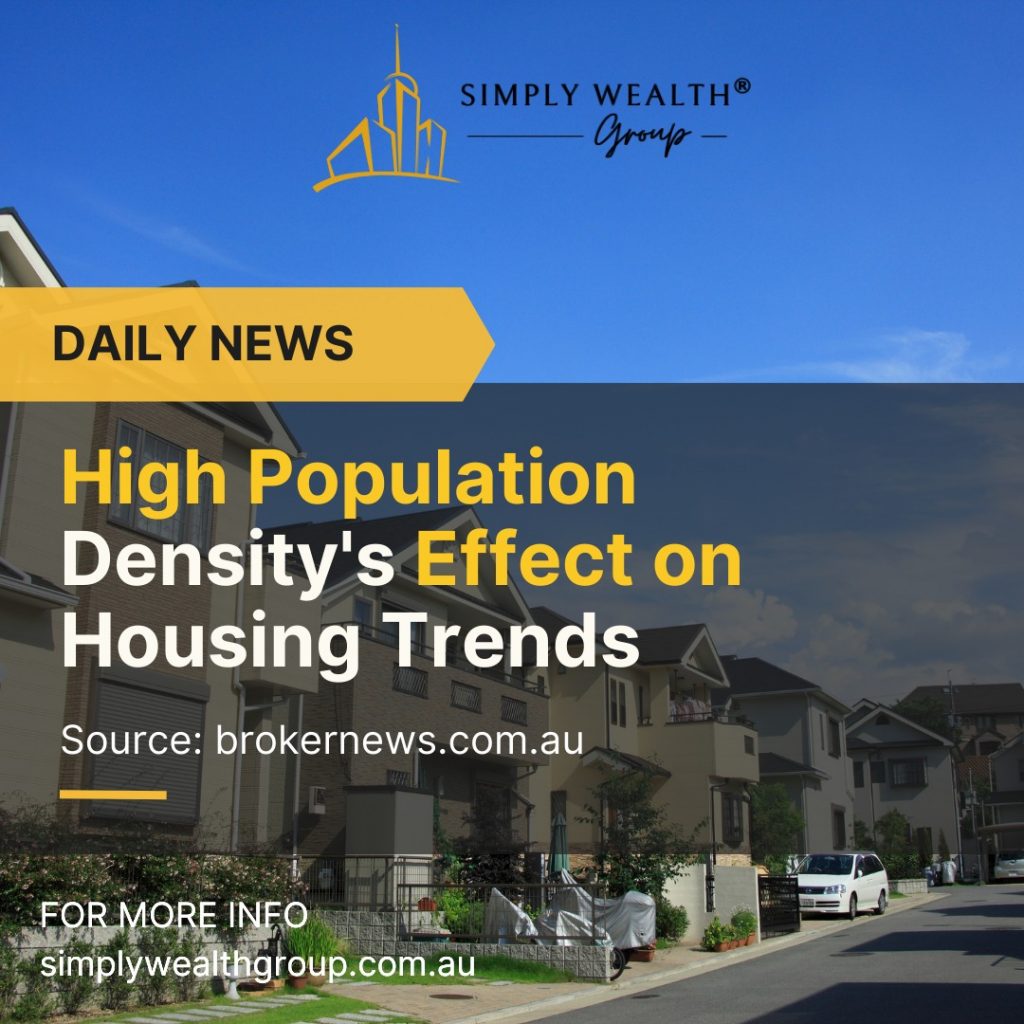Victorian Homebuyer Fund to End Next Year

The state government has earmarked an additional $700 million for its shared equity home buying scheme for its final year. On Tuesday (7 May), the Victorian state government handed down its state budget for 2024/2025, revealing that the Victorian Homebuyer Fund will cease after next year. Presented by State Treasurer Tim Pallas MP and Premier Jacinta Allen, the budget sets out the funding for the state government for the next year. Several of the key initiatives target the cost of living and supporting home buyers. This is being done through a range of measures, including allocating funding to “promote more modern methods of construction, such as modular or prefabricated builds” and: 1. Providing $197 million to continue support for people experiencing or at risk of homelessness, including grants for homelessness services, accommodation for people with complex needs, and crisis response services.2. Using $114 million to remove cladding identified as posing unacceptable risk from residential buildings.3. Investing $107 million to progress the government’s housing agenda, including $20 million to build roads and enabling infrastructure to unlock government-owned land in East Werribee.4. Investing $63 million to address systemic issues within the building sector, including strengthening the Victorian Building Authority.5. Using $19 million to improve response times for repairs and maintenance in social housing. You may read the whole article here:https://shorturl.at/bQ368
RBA Unveils Rate Decision for May

The monetary policy board has made its decision for the official cash rate for the month. The Reserve Bank of Australia (RBA) has opted to maintain the cash rate at 4.35 per cent. Following discussions on the 6-7 of May, the monetary policy board announced its final rate decision for May this afternoon (7 May), revealing that it will be holding the official cash rate at its current level. The last time the cash rate moved was in November 2023, when the RBA lifted rates for the 13th time since the tightening phase commenced in May 2022. ‘Board not ruling anything in or out’ In the post-meeting statement by the RBA, the board stated that, in the near term, inflation is forecast to be higher because of the recent rise in domestic petrol prices, and higher than expected services price inflation, which is now forecast to decline more slowly over the rest of the year. The monetary policy decision reads: “Inflation is, however, expected to decline over 2025 and 2026… You may read the whole article here;https://tinyurl.com/8a3wzx5a
Rents Surge to Record Levels

Eliza Owen, head of residential research at CoreLogic, reported on the latest trends in Australia’s rental market, highlighting a significant rise in median weekly rent values, now at a record $627 across all dwellings. The increase spans from Sydney’s top rate of $770 per week to Hobart’s $547, marking a new pinnacle in the rental landscape, Owen said in CoreLogic’s latest Pulse article. Accelerating rent growth in early 2024 Following a period of relative stability, rent growth has picked up speed again at the start of 2024, with the national annual rent growth increasing from 8.1% in October 2023 to 8.5% in April. Even in areas where rents had previously been declining, such as Canberra and Hobart, there is now evidence of stabilisation and growth. You may read the whole article here:https://bit.ly/44xWti9
Australia’s New Housing Loans Surge – ABS

The value of new housing loans in Australia surged by 17.9% annually, reaching $27.6 billion after a 3.1% growth just in the month of March, the Australian Bureau of Statistics (ABS) has reported. “The value of new loan commitments is a product of the size of loans being approved and the volume of loans,” said Mish Tan (pictured), ABS head of finance statistics. “The rise in the value of new home loans over the past year reflected increases in the average loan size, in line with rising house prices over the same period. “Meanwhile, in original terms, the number of loans reaching the final commitment stage is broadly similar to a year ago.” You may read the whole article here:https://tinyurl.com/56jytta5
Melbourne CBD Retail: Businesses Return, Vacancies Tighten

Celebrity chef Michael Lambie had been looking for a venue to open a new style of restaurant for a year and a half before he chanced on the perfect site at the perfect time – a renewed blaze of confidence in the Melbourne CBD. “It just felt that the time was finally right,” said Lambie, the luminary behind Melbourne icons Stokehouse, Circa the Prince, Taxi Dining Room, Lucy Liu and The Smith. “To open up in Melbourne right after COVID would have been suicidal and I wanted to allow some time for the economy to recover. “But it now feels that Melbourne is bouncing back, with a lot of new businesses opening. I’m in the city most days and the really good places are really busy, so the money is definitely there. You just have to be good enough to persuade people to spend.” You may read the whole article here:https://tinyurl.com/3b2djce5
Australia in Top Four for House Price Growth

Australia has secured a position among the top four nations globally for house price growth over the past five years, according to new data from the International Monetary Fund. Significant growth post-inflationData from the IMF revealed that after adjusting for inflation, Australian house prices have seen an increase of over 10% since 2019. This places Australia behind only the US, the United Arab Emirates, and Japan in terms of real house price growth. Experts predict continued riseThe Australian Financial Review’s latest quarterly property survey anticipated further price increases. A panel of 10 experts forecasts a national growth rate of 5% for the coming year, with Perth expected to lead with a significant 16% increase in 2024, Hotspotting reported. You may read the whole article here:https://bit.ly/3UJz9Ln
Rental Squeeze Worsens for Low-Income Earners

The rental market in Australia is seeing a significant shift as high-income earners increasingly dominate the private rental sector, squeezing out lower-income households, according to PropTrack. “High income earners are squeezing lower income earners in the rental market, highlighting the urgent need for more affordable housing,” said Eleanor Creagh PropTrack senior economist. The shift is detailed in a recent Australian Housing and Urban Research Institute (AHURI) paper, which showed that higher income earners have grown from representing 8% of the private rental market in 1996 to 24% in 2021. You may read the whole article here:https://bit.ly/3JIMJs1
Housing Market Defies Economic Pressure

The Australian housing market continues to show remarkable resilience despite increasing cost-of-living pressures and higher interest rates, according to Herron Todd White. HTW’s Month in Review for April showed that demand for housing remains high, driven largely by population growth, which starkly contrasts with a dwindling supply due to building approval delays, material shortages, labour scarcities, and financial strains on builders. Supply constraints and market dynamicsThe current imbalance between supply and demand is maintaining market stability across most regions. You may read the whole article here:https://bit.ly/3xYvnEU
Cash Rate Peak May Hit 5.1%: Economist

Interest rate hikes may continue to rise in the later half of the year, an economist has said. Judo Bank’s chief economic adviser Warren Hogan has said the bank has changed its central case economic forecast to project a peak cash rate of 5.10 per cent in 2024.According to Hogan, he expects the Reserve Bank of Australia (RBA) to commence hiking interest rates once again starting in August this year, followed by two more rate hikes in September and November. He stated that the flow of economic data over the last six weeks has “shifted the most likely path” for the economy and inflation. You may read the whole article here:https://bit.ly/3UBmYzU
High Population Density’s Effect on Housing Trends

According to CoreLogic research director Tim Lawless, the population growth in Australia is reshaping housing trends significantly. “With Australia’s population moving through the fastest rate of growth since the 1950s, our cities and towns are naturally densifying,” Lawless said. He said that despite Australia’s overall low population density of 3.5 people per square kilometer, the majority resides in major cities, leading to a skewed representation of density and its effects. You may read the whole article here:https://tinyurl.com/yc2wfa3r

